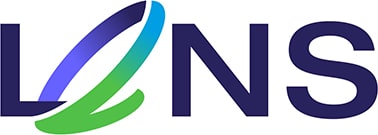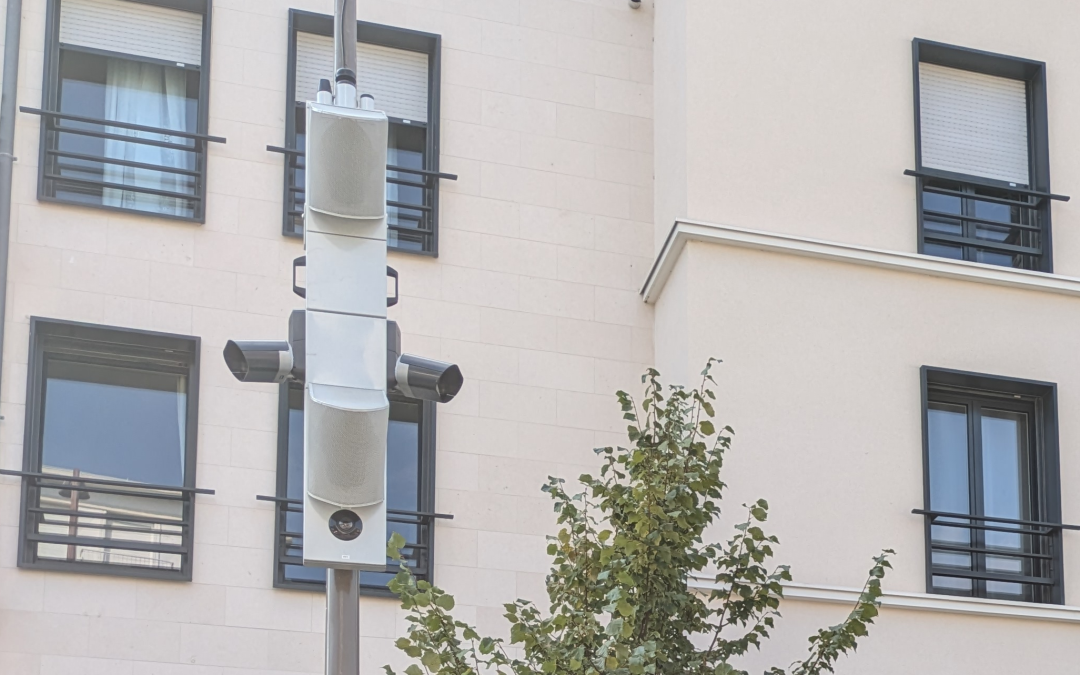Roaring engines, screeching tyres and modified exhausts – excessive vehicle noise has long plagued city dwellers. But the problem is no longer confined to urban centres. Increasingly, residents of quieter towns and rural areas are sounding the alarm about anti-social driving and the disturbing noise it causes. In response, a new enforcement tool is making its way onto the roads: noise cameras. Similar to speed cameras, these devices can detect and identify vehicles that exceed legal noise limits. Already in use in parts of Europe and the United States, the following examples show how this technology is being tested and used:
The new noise camera – making Eindhoven city traffic safer and quieter
In an effort to reduce urban noise pollution, the Eindhoven-based company of Sorama and the Swedish manufacturer of network cameras and access control equipment Axis Communications have introduced a new noise camera system. The solution is now active on Eindhoven’s busy Kennedylaan, as one of the main arteries that connects the central station with the Northern part of the city. Equipped with 64 high-precision microphones and intelligent imaging technology, the cameras detect, locate and measure excessive vehicle noise in real time.
More than just monitoring, the system provides actionable data that can inform urban planning, trigger targeted enforcement or even enable automated fines, depending on local regulations. By identifying noise hotspots, the technology enables cities to move from reactive enforcement to proactive noise management, paving the way for quieter and more livable streets.
Read the full article here.
How do noise cameras work? – examples from UK & USA
The UK start-up Intelligent Instruments is attracting international attention with its SoundVue noise camera system, which has been deployed in the London boroughs of Kensington and Chelsea, as well as in Manhattan (NYC) and Knoxville, Tennessee. Designed to detect and record excessive vehicle noise, the system uses precision microphones and a camera array to identify offending vehicles and capture their registration details.
Unlike automated speed cameras, SoundVue includes human oversight: enforcement officers review audio and video clips before issuing fines. Eight cameras are now in operation in London, issuing £100 fines for noise offences. Other trials are underway in cities including Bradford, Bristol, Great Yarmouth and Birmingham.
Learn more here.
The Hydre noise radar prototype developed by Bruitparif to monitor and fine excessively noisy vehicles:
The French organisation Bruitparif has developed ‘Hydre’, an acoustic radar prototype designed to detect and penalise vehicles that make excessive noise. Unlike previous acoustic monitoring tools used for research, ‘Hydre’ is specifically designed for enforcement. It uses advanced microphone arrays and cameras to identify and document vehicles that exceed a sound threshold, allowing for potential fines.
Hydre was selected by the French Ministry for Ecological Transition as part of a national pilot project that will begin in January 2022. Seven municipalities – including Paris, Toulouse and Nice – are taking part in the two-phase trial. The first, a no-fines test phase, ended in October 2022. This newly developed solution proved effective, detecting between 10 and 44 excessively noisy vehicles per day, depending on the location. The second phase, expected to start in spring 2025, will involve issuing fines of €135 for confirmed offences. Data collected includes video, audio and number plate details, which are securely transmitted for verification.
The system has also been trialed in Berlin, Geneva, Brussels and Barcelona. In recognition of its innovation, Hydre was awarded the 2024 Concours des Décibels d’Or by the French National Noise Council. If successful, the radar could be used more widely across France.
Read the full story (in French) here.

